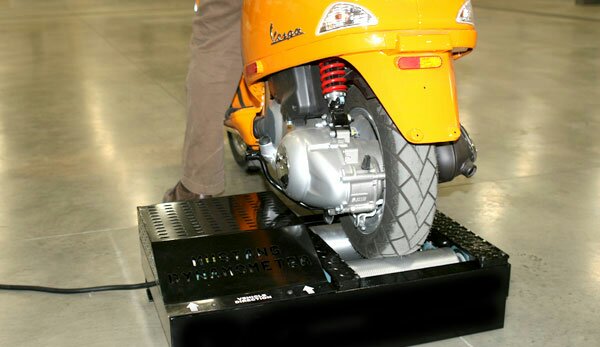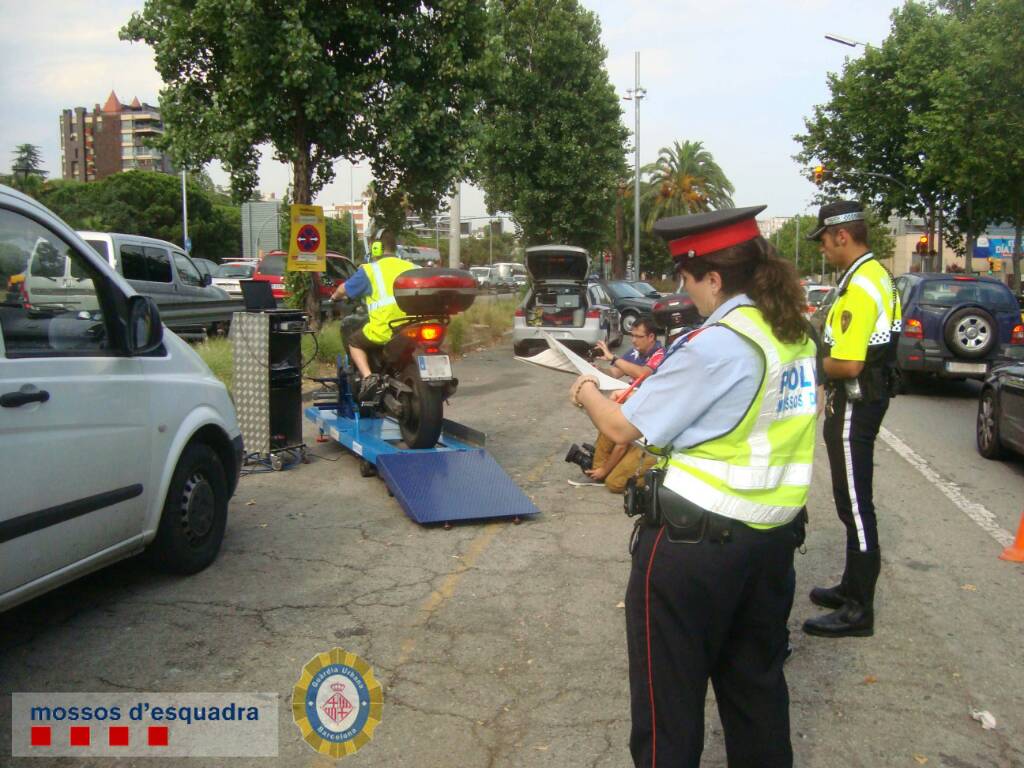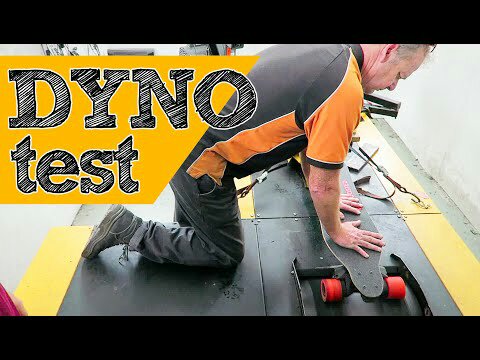Drive a car or motorcycle at it's rated HP,... and you'll certainly be cited!!! Well,... maybe not, if it's a loaded down 30hp VW Beatle.
I've thought it insane to limit bicycle motor ratings based on EITHER hp or wattage. Might as well limit battery ratings to be used. If my system as "a whole", does not exceed the speed or power specified by law,... am I not compliant???
Human powered pedaled bicycle speed records, have exceeded the fastest speed I've EVER dared drive in classic "muscle cars" in my wildest days!!! And most energetic kids would certainly pass me by if I were riding a "200w e-bike setup". Heck, I'm an ol' man, and there's jus no way I could keep up with any serious lycra setups with out some serious assistance!!!
My current beach cruiser system is "capable" of 40mph speeds and over 2000w of power. I adjust my controller amps and max speed and sometimes (rarely) the pedelic/throttle cutout. Speed is MOST apparent. And as long as I'm not burnin' rubber or poppin' wheelies at the light, than power would appear at a reasonable level of "safety". If I pedal off the light or down the sidwalk,... how apparent is it that I'm even under power, if at all?!?! Why should I be in violation of such silly regs, when the pack of cross-country cruisers has jus passed me by, in town no less?!?! Jus because of a battery and motor???
Murder and robbery are actions, punishable by law. Creating laws to banish or control firearms, knives or cricket bats, does not stop murder and robbery from occurring. Regulating e-bikes won't stop actions that are dangerous to oneself or those about them either. Such laws are created purely for revenues on the pretense that they will preserve ones rights and safety. Even those of compliance, regulating importers and manufactures. Been this way for most of the recent decades now. Seems most folks today "assume" EVERYTHING is built safe for them,... 'till a phone burns their fanny!!! Most "motorists" here in the states, would rather bicycles didn't even exist,... well, except for children under 12,... in their yard,... maybe.
Maintain thoughtful, considerate actions,... and such laws and regs would be unnecessary. Or hopefully reasonable.




